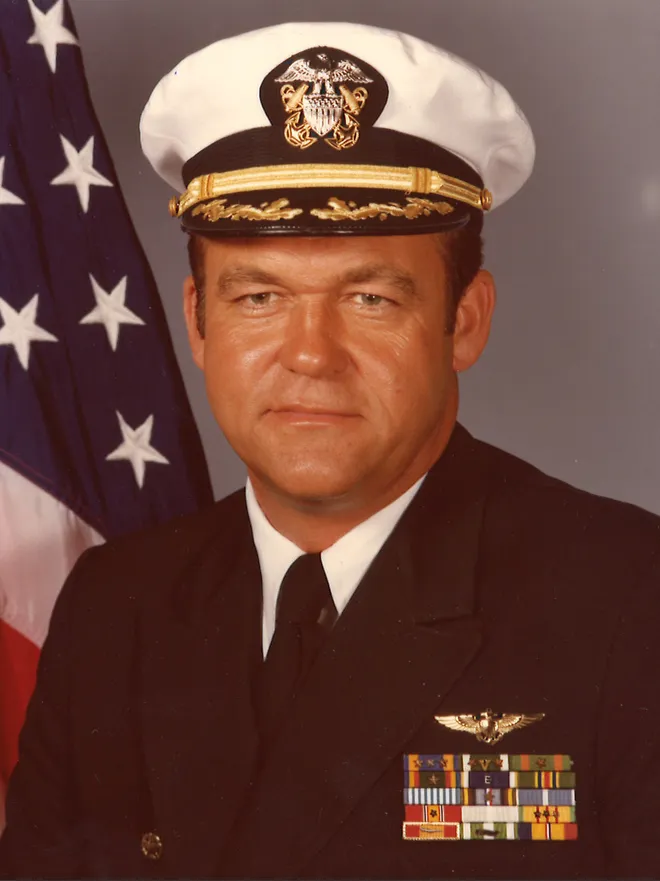There’s no doubt fans of “Top Gun” were thrilled with Maverick’s silver screen comeback. But the real-life story behind that elite fighter pilot school is mind-blowing in equal measure.
Or maybe way more mind-blowing.
The Navy’s Advanced Fighter Weapons School (or Top Gun) was spearheaded in dire times during the Vietnam War by Dan Pedersen, 86, the “Godfather of Top Gun.” It started from nothing—no classroom, no funding, no mechanics or aircraft of their own—just a few top-notch pilots he hand-picked, and a tight deadline.
Their mission? To reclaim air superiority from the Soviet-trained North Vietnamese, who knew how to tangle in the skies.
Pedersen’s book “Top Gun: an American Story” sets out that riveting backstory. The Hollywood blockbuster, he told The Epoch Times, is “great public entertainment” but “very unrealistic about Top Gun, how it existed years ago, and as it is today.”
Now 53 years on, Top Gun is “still going strong,” he added.
As Maverick and Goose were tasked with taking on Russian MiGs over the Atlantic in 1986, Pedersen faced a grave situation in Vietnam: American fighter pilots were being shot down—killed—at a staggering rate.
One American was lost for every two enemy. The North Vietnamese were adept at pushing the limits of their vastly outdated Russian MiGs in air-to-air combat—what fighter pilots call “dogfighting.”
The Americans were basically training aviators to use equipment, sending them into battle, then expecting to see victories. “We lost 11 guys in 17 days,” Pedersen said of his stint on the USS Enterprise. They would go to dinner and see empty chairs at the table.
Mentored by WWII ace Eugene Valencia, Pedersen, then 31, was called to turn the tide. He picked eight elite fighter pilots—all in their twenties—including his righthand man, Mel Holmes, and set about literally rewriting the book on air combat at the Naval Air Station in Miramar, California. It was experimental, serious, and dangerous.
“We were given 60 days,” he said. “This was a graduate school. … This had to be something we knew would win.
“When Top Gun was formed, in the beginning, all of us had made two combat cruises on carriers to Vietnam. It was very serious what we were doing.”
Nobody was going to furnish them new planes with greater capabilities; they relied on what they had: the F-4 Phantom, a “great airplane” with “two very reliable high powered engines,” said Pedersen. “I’ve flown that plane 2.47 mach. … At that point, the airplane would come apart due to heating.”



